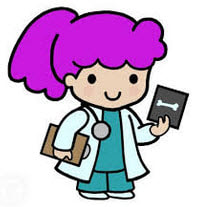 What most people call seasonal affective disorder (SAD) is characterized by a change in mood from the end of autumn or the beginning of winter until the arrival of spring. Among other symptoms, it causes a feeling of exhaustion throughout the day, tiredness during working hours and alterations in the sleep cycle which can be very harmful. People may see you similar outside but the one that feel most this condition it's the sick patient. We have to give all credit to the South African psychiatrist Norman Rosenthal that described this condition back in 1980. Under the title 'Seasonal affective disorders, winter blues', the authors explain that the also called winter depression is defined as "the presence of recurrent major depressive episodes at one time of the year" with total remission at the end of the season. Some signs are decreased serotonin secretion, retinal sensitivity to light, abnormal melatonin metabolism and altered circadian cycle. The natural cycles that our body goes through every 24 hours are called circadian cycles and are "influenced by factors such as light, temperature, movement or food". Regarding melatonin, "it is a hormone produced by the pineal gland that helps us sleep. We stop making it in the morning, with the arrival of sunlight". That is why most expers agree that: "changes in light, depending on the season we are in, affect our sleep and, therefore, the quality of our rest, which, in turn, has a direct influence on our mood". Normally this conditions can be treated easily with medications to help with the mood like some TDAH meds like Ritalin or just with Lorazepam (Ativan) depending on the condition of the patient and the intensity of his symptoms. If the problem is sleep the Klonopin (Clonazepam) it's usually highly recommended for this temporal condition. Read more free health articles at pharmalime.net Comments are closed.
|
Authors
Mrs Elisa Kovalainen, specialist in pain relief techniques, nutrition. Archives
June 2024
|



